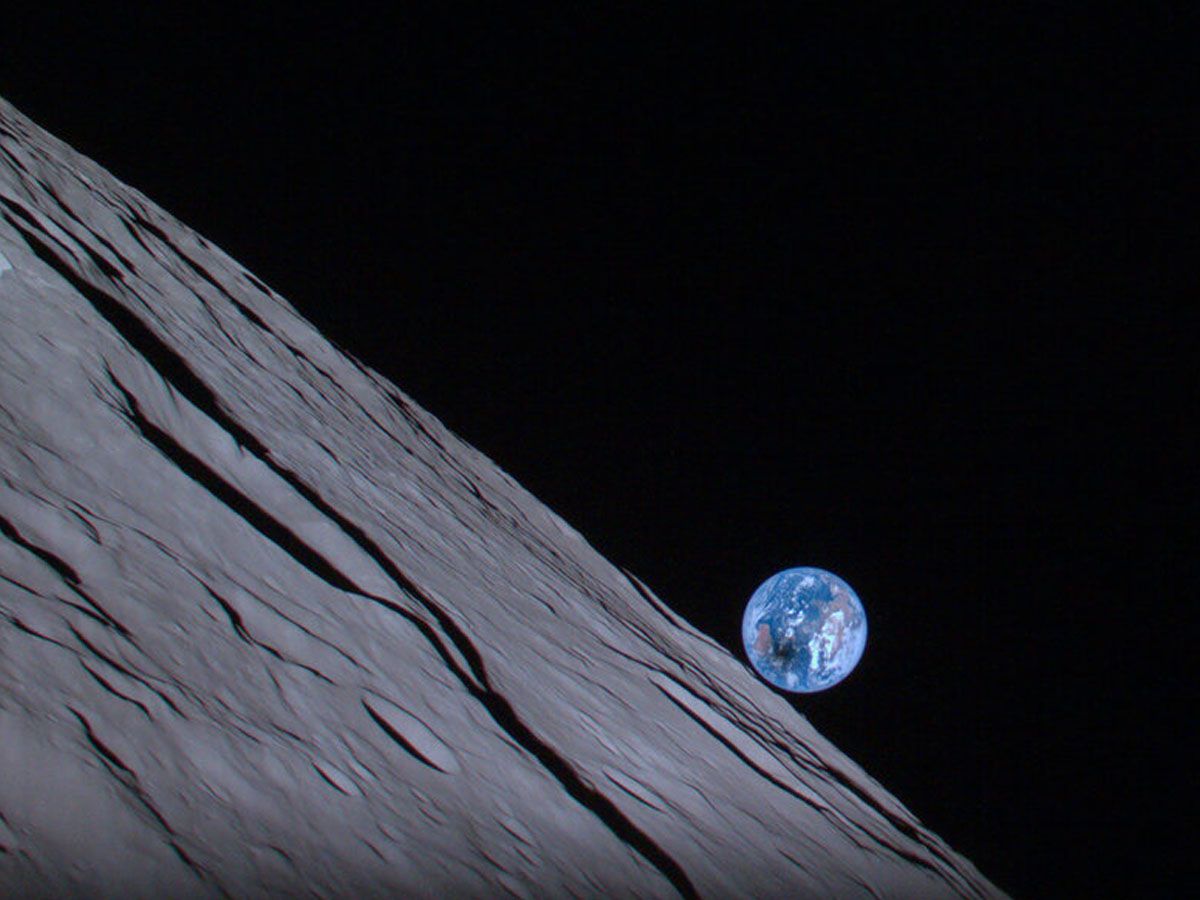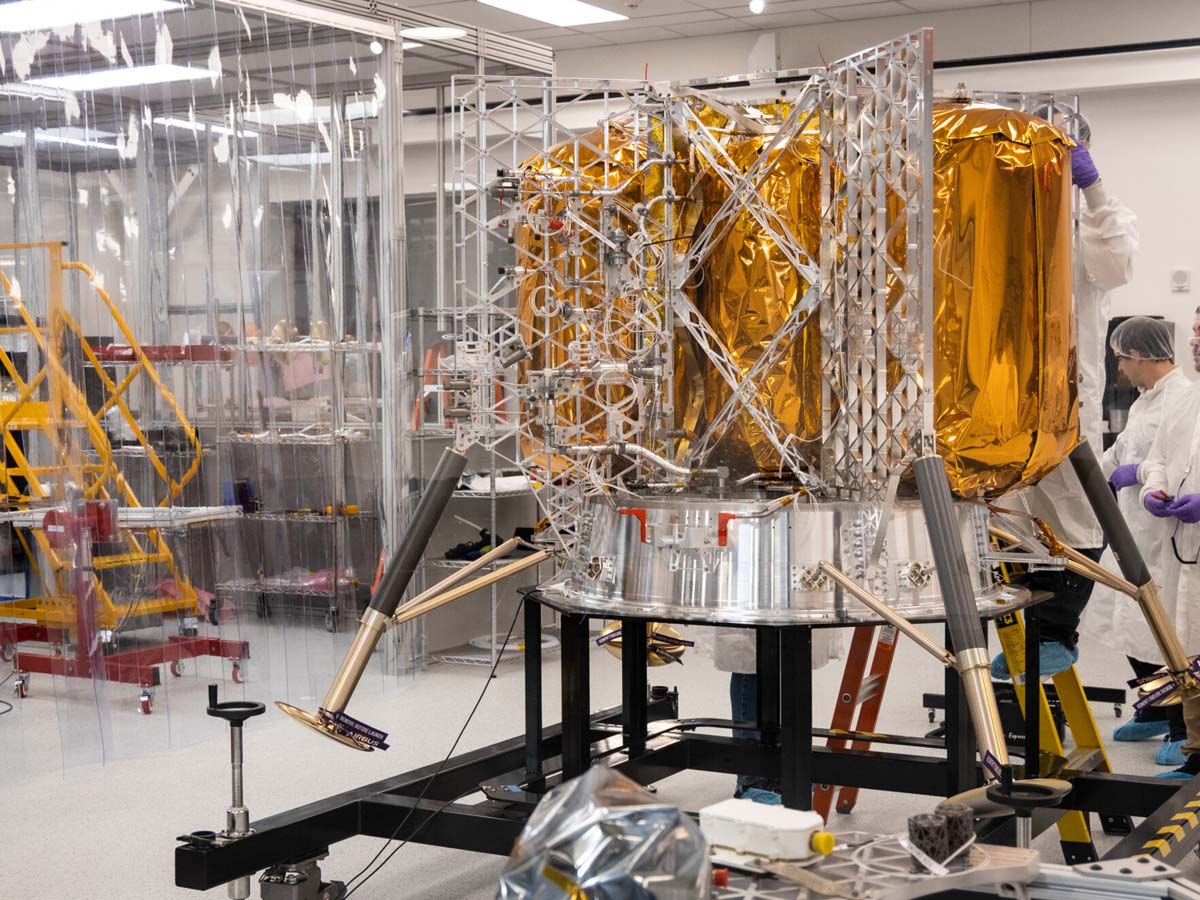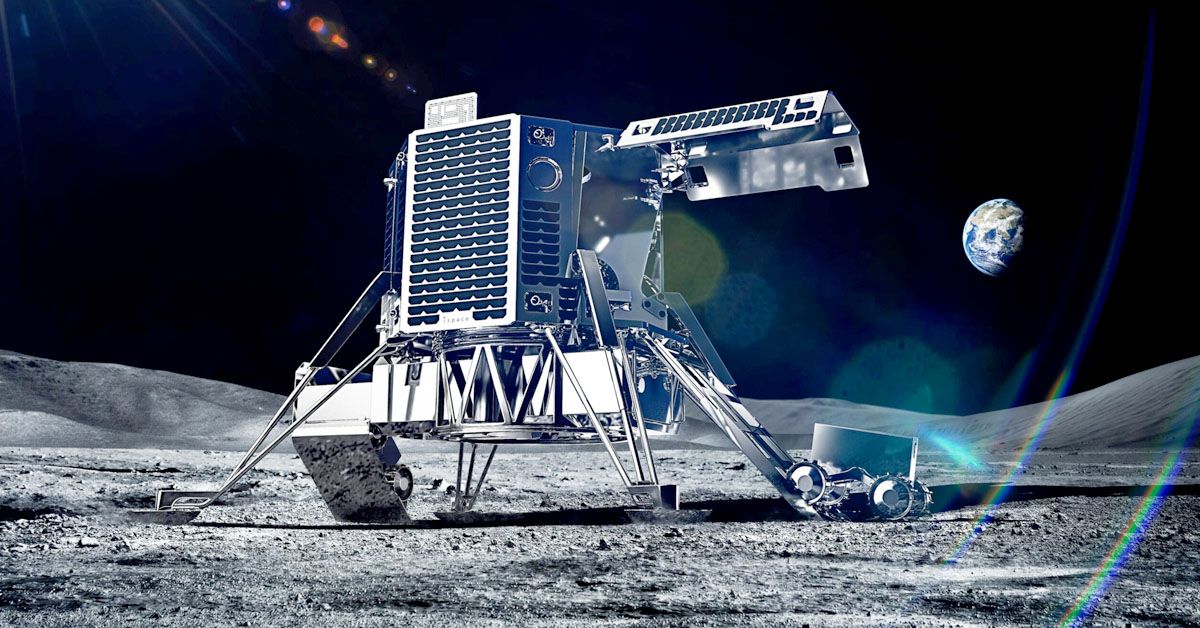In a high-stakes race to make history, Japan's ispace recently attempted the first-ever private moon landing with its Hakuto-R Mission 1 (M1) lander. Unfortunately, the ambitious venture ended in disappointment as the lander lost contact and likely crashed onto the lunar surface. This gripping tale of triumph and failure highlights the inherent challenges and thrilling potential of lunar exploration, not only for government space agencies but also for private companies daring to push the boundaries of human achievement.
The Hakuto-R Mission 1 Failure
The highly anticipated Hakuto-R Mission 1 (M1) lander, developed by Japan's ispace, faced a devastating setback during its ambitious attempt to become the first private entity to achieve a lunar landing. As the lander approached its destination on the moon's surface, mission control suddenly lost contact with the spacecraft. Further analysis of the situation revealed that the lander had unexpectedly accelerated, likely causing it to crash onto the lunar surface.

Investigations into the failed landing have pointed toward several possible causes, one of which is an error in the lander's altitude measurement system. This miscalculation could have led the lander to believe it was further away from the surface than it was, resulting in a last-minute acceleration as it attempted to correct its descent. Such a misjudgment would have made it nearly impossible for the spacecraft to achieve a controlled landing.
In the aftermath of the failed attempt, ispace's Chief Technology Officer, Ryo Ujiie, provided insights into the challenges faced by the M1 lander during its descent. According to Ujiie, the lander entered a freefall toward the moon's surface as it began running out of fuel to power its thrusters. This fuel shortage and the altitude measurement system's potential error contributed to the lander's accelerated descent and ultimately led to the mission's failure.
Setbacks in Commercial Space Development
The Hakuto-R Mission 1's unfortunate outcome is not an isolated incident in the realm of commercial space development. SpaceX's Starship rocket recently experienced a significant setback when it exploded minutes after launch. These incidents underscore the immense challenges and risks that private companies face when venturing into the unforgiving environment of space exploration.

For private entities attempting lunar landings, the stakes are exceptionally high, as they must overcome numerous technical and logistical obstacles to succeed where only a few government space agencies have triumphed before. These challenges range from developing reliable propulsion systems to navigating the complexities of landing on a celestial body with drastically different gravitational conditions compared to Earth.
Historically, only three nations – the United States, the former Soviet Union, and China – have managed to achieve successful soft landings on the moon. The US, in particular, remains the only country to have sent humans to the lunar surface. The Soviet Union's Luna program achieved a series of robotic landings in the 1960s and 1970s, while China's Chang'e program has resulted in multiple landings since 2013. These accomplishments stand as a testament to the incredible technological advancements and dedication required to conquer the challenges of lunar exploration. As private companies continue their pursuit of moon landings, they must learn from both their setbacks and the successes of their predecessors to push the boundaries of human achievement in space.

Impact on ispace and the Japanese Space Industry
The failed Hakuto-R Mission 1 has had noticeable repercussions on ispace, particularly in the financial realm. The company's recent listing on the Tokyo stock exchange generated significant excitement and drove up its share price. However, the disappointment stemming from the failed moon landing led to an influx of sell orders, causing the stock to plummet by nearly 20% in a single day.
Despite this setback, the Japanese government remains supportive of ispace's endeavors. Japan's top government spokesperson, Hirokazu Matsuno, expressed that although the mission's failure was saddening, the country wants ispace to continue striving for success. The government recognizes the significance of the company's efforts in developing a thriving domestic space industry.

Japan's ambitious space exploration goals include sending astronauts to the moon by the late 2020s, and the nation has experienced several setbacks on this path. For example, the Japan Aerospace Exploration Agency (JAXA) had to destroy its H3 rocket after its second-stage engine failed to ignite. However, these challenges have not deterred Japan from pursuing its objectives. The country remains committed to overcoming obstacles and fostering a competitive space industry, with companies like ispace playing a pivotal role in achieving these aims.
The M1 Lander's Mission Objectives and Future Plans
Despite the unfortunate outcome of the Hakuto-R Mission 1, the M1 lander managed to accomplish eight out of its 10 mission objectives. The data gathered from these achievements will prove invaluable for ispace's future endeavors, including their next planned landing attempt in 2024. This crucial information will contribute to refining the company's technology and approach, increasing the chances of success in subsequent missions.
The M1 lander carried a variety of payloads intended for deployment on the lunar surface. Among these were two rovers: a baseball-sized, two-wheeled rover developed by the Japan Aerospace Exploration Agency, Tomy, and Sony, as well as a four-wheeled rover called Rashid from the United Arab Emirates. Additionally, the lander transported an experimental solid-state battery made by Niterra and other devices designed to gauge their performance on the moon.
The Growing Interest in Lunar Exploration
In recent years, there has been a resurgence of interest in lunar exploration, with numerous countries and private companies eager to participate in missions to the moon. This renewed enthusiasm has been fueled by advancements in technology, increased international cooperation, and the potential for valuable scientific discoveries and commercial opportunities on the lunar surface.
Various nations have successfully landed spacecraft on the moon and deployed orbiters to study its features from afar. China, for instance, has managed to soft-land three spacecraft on the lunar surface since 2013, showcasing its technological prowess. The United States, China, India, and South Korea have also placed satellites in orbit around the moon, gathering crucial data and paving the way for future missions.

Several upcoming lunar missions are currently in development, with some set to launch soon. NASA's Artemis program, for example, aims to return humans to the moon by 2024 and establish a sustainable human presence there by 2028. Additionally, private companies like Pittsburgh-based Astrobotic Technology and Houston-based Intuitive Machines are preparing to launch their lunar landers later this year at NASA's request. These missions will not only advance scientific knowledge but also push the boundaries of what is possible in space exploration, inspiring a new generation of researchers, engineers, and entrepreneurs to reach for the stars.
Sources: theguardian.com / nbcnews.com / foxbusiness.com / cnn.com / nationalpost.com












